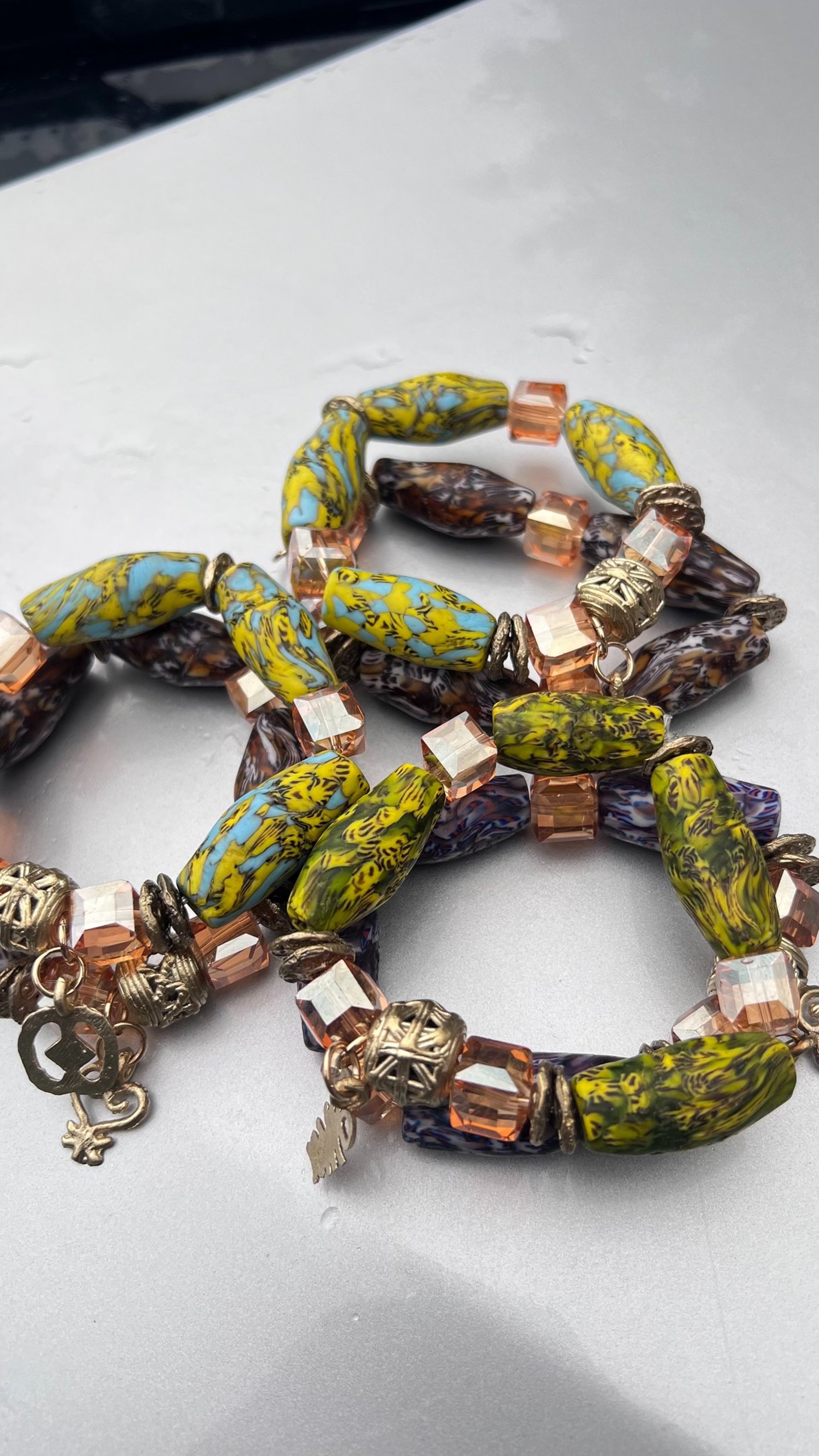Exclusive deals on handmade treasures today
Exploring Adinkra Symbols: Deep Meanings Behind the Art

Understanding Adinkra Symbols
Adinkra symbols are visually rich icons originating from the Akan ethnic group of Ghana. They embody profound philosophical concepts, values, and aspects of the human experience. Each symbol tells a story, conveying its meaning through its unique design. Traditionally, these symbols are used in textiles, ceramics, logos, and advertising, providing a cultural significance that transcends mere aesthetics.
The Significance of Adinkra Symbols
Through color, form, and symbolism, Adinkra conveys messages about human behavior and relationships. These designs not only showcase the intricate artistry of Ghanaian culture but also encapsulate moral lessons and values, often narrated through proverbs. Each symbol represents ideas like love, peace, strength, and harmony, making them powerful tools for teaching principles to both young and old.
Popular Adinkra Symbols and Their Meanings
One of the most recognized Adinkra symbols is the Gye Nyame, which translates to 'Except for God.' This symbol reflects the omnipotence and supremacy of God in the life of the Akan people. Another significant symbol is the Fawohodie, symbolizing independence and freedom, underscoring the importance of self-determination.
The Nkyinkyim symbol represents dynamism and initiative, emphasizing the significance of adaptability in one’s life. Similarly, the Duafe symbolizes cleanliness and beauty, embodying virtues of femininity and nurturing.
Each symbol, including examples like Akoma Ntoaso, representing patience and goodwill, reflects the worldviews and ethical principles that shape their culture. By integrating these symbols into daily life—be it through art, fashion, or architecture—Ghanaians celebrate their heritage while keeping their meanings alive.
To truly appreciate the art of Adinkra symbols, one can observe how they are applied in modern contexts, interfacing with contemporary expressions yet retaining their traditional roots. As you explore these symbols, consider how they resonate with your own experiences and values. They aren’t just decorative symbols; they are narratives waiting to be unraveled.
The beauty of Adinkra lies not only in their design but also in their ability to speak to universal themes and personal introspection. By studying and sharing the meanings behind these symbols, we cultivate a deeper understanding of Ghanaian culture and, perhaps, of ourselves as well.